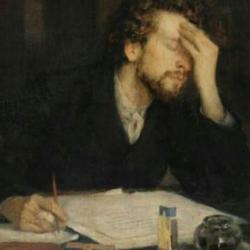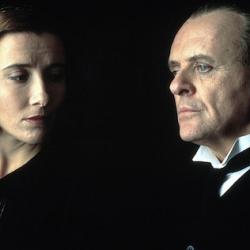Michael D. Hurley has a fine review of Nicholas Boyle’s Sacred and Secular Scriptures: A Catholic Approach to Literature in the Feb 11 issue of TLS . While Boyle contests the efforts of Herder and Schleiermacher to reduce “Word to word,” he still emphasizes the continuity between the Bible and other literature. Literature is for Boyle inherently a “site of theology,” since “literature, biblical and nonbiblical, is a place where sacred and secular meet.” All written work is at the “sacred end of the phenomenological spectrum of literature,” while orality is at the secular end. Boyle suggests that all secular moralistic writing “reaches for the kerygmatic injunction beyond the text – for the original instruction, ‘Thou shalt.’” Applying this to Mansfield Park , Boyle suggests that “the ‘principle’ that marks Fanny’s resistance to the temptation represented by the intrusion of the Crawfords into Mansfield Park, cannot be adequately accounted for by Austen. It is not possible to disengage this ‘principle’ from the tangle of human motives and represent it in its pure state. The Church is therefore made the central theme in the book, as the transcendent ‘principle’ ‘made visible,’ that is, ‘given a name and a face, embodied in a particular time and place and social context.’”















